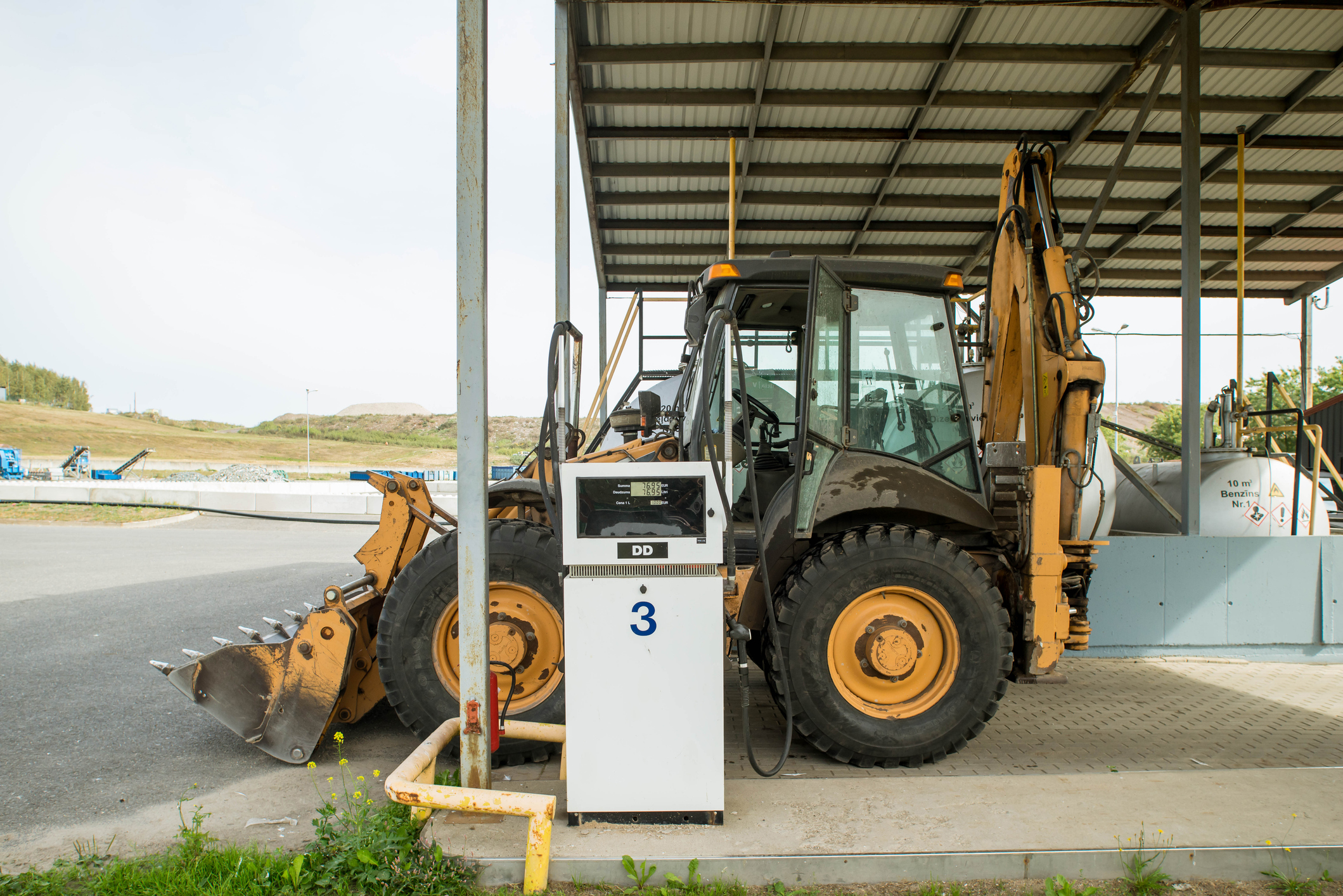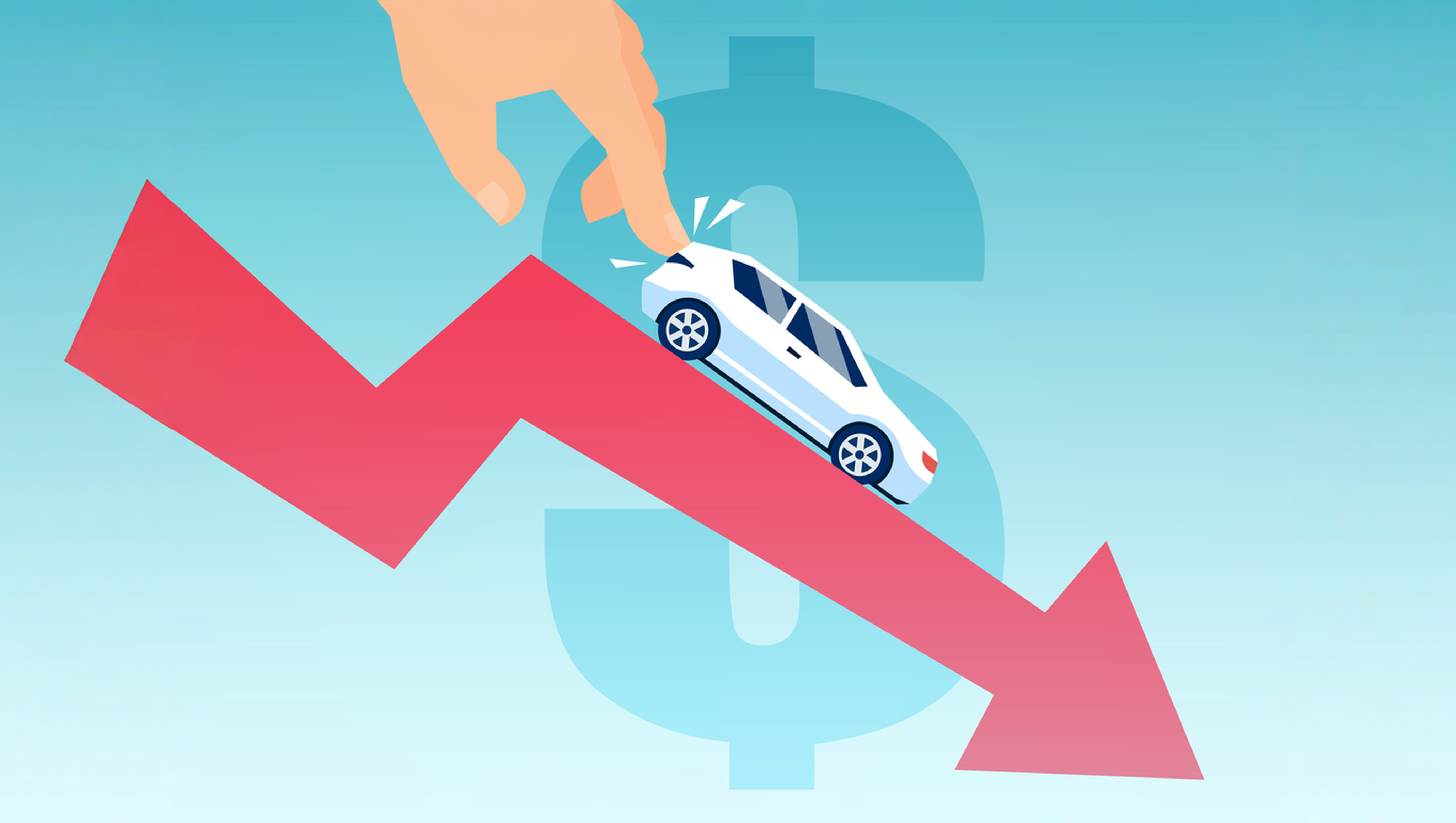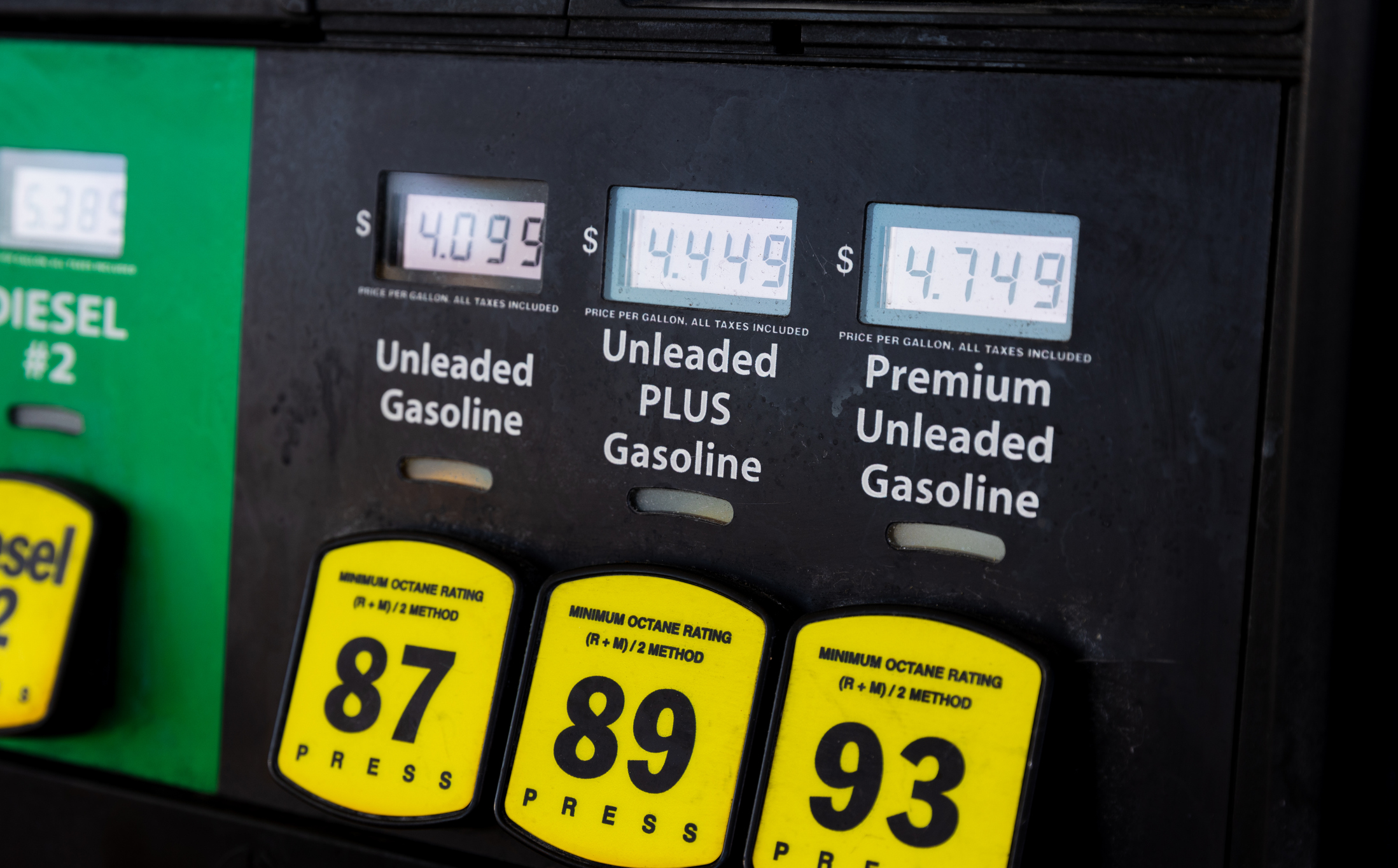Relevant Topics
The Washington State Department of Ecology released the results of the second auction of allowances to emit CO2 and prices increased 15 percent to $56.01 per metric ton (MT) of CO2. That translates into about 45 cents per gallon of gasoline and 54 cents per gallon for diesel.
Washington residents will pay about 84% more than California’s price of $30.33 per MT/CO2.
The price was so high it triggers a special auction of CO2 allowances in August to increase the supply of permits and, hopefully, reduce the price. Those allowances, however, are still under the state's CO2 cap and don't add to the total allowable emissions. So, while they may reduce near-term prices, they may have the impact of increasing prices later.
Although Washington is paying more for CO2 emissions than California, that additional cost doesn’t help the environment – it just harms our economy. As long as the governor and agency staff continue to deny that reality, Washington residents will pay a high price for energy, but won’t receive the environmental benefits they are paying for.
Fundamentally, Washington’s climate policies are designed to be inflexible and narrow the scope of climate innovation. That lack of flexibility drives the tax on CO2 emissions up, putting more money into the state budget. Washington could more effectively and efficiently reduce emissions, but the system is designed to prioritize government, not the climate.
Some will argue that the additional tax revenue generated by the higher prices will allow the state to subsidize other efforts to reduce CO2 emissions. But this is unlikely to do anything to reduce CO2 emissions. The state already has a cap on total CO2 emissions. How that is done doesn't matter. More government spending only changes how emissions are reduced, not the total. If state programs reduce more CO2, it makes more permits available under the cap, allowing companies to emit more than they might have otherwise.
Put another way, more government spending probably only carves up the pie of how CO2 emissions are reduced, but it won't change the size of the pie.
As we have pointed out repeatedly in the past, there are ways to receive the same amount of CO2 reduction for lower cost. At this point, however, the high cost of CO2 emissions is being treated as a feature, not a bug, of Washington's climate policy.






